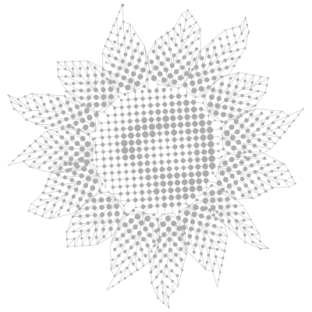IMPORTANCE OF POTASSIUM FOR SOYBEANS
Soybeans require a significant amount of potassium: 2.4 kg of potassium (K2O) per 100 kg of grain.
- Vegetative stages (VE-Vn)
In the early stages of development, which last from germination to the formation of the first trifoliate leaf (VE-V1), the need for potassium is not yet very high.
Studies show that during the vegetative growth stage (VE-Vn), plants absorb about 25% of the total potassium required throughout the growing season.
Potassium promotes the development of the root system, helps plants to better absorb water and nutrients, and increases resistance to stressful conditions.
- Flowering stages (R1-R2)
The peak demand for potassium occurs during the flowering stage.
Potassium supports flowering and pod formation, promotes nutrient transport and regulation of water metabolism. It is necessary for the synthesis of proteins and other important metabolic processes.
At the R2 stage, the maximum absorption of potassium occurs, which is approximately 40% of the total amount during the growing season.
- Stages of bean formation and filling (R3-R5)
This is the period when soybeans absorb potassium at the highest rate. Soybeans use the accumulated potassium for bean development.
The rapid absorption of potassium continues until the R5 stage, ensuring the development of seeds and pods.
The plant moves potassium from the leaves and stems to the beans to ensure proper formation and filling.
- Ripening stages (R6-R8)
During the maturation stages, potassium requirements decrease as the plant completes seed formation.
Remember to analyze the soil before planting and apply fertilizer according to the needs of your crops
Write to us
and we will find an opportunity
for cooperation


